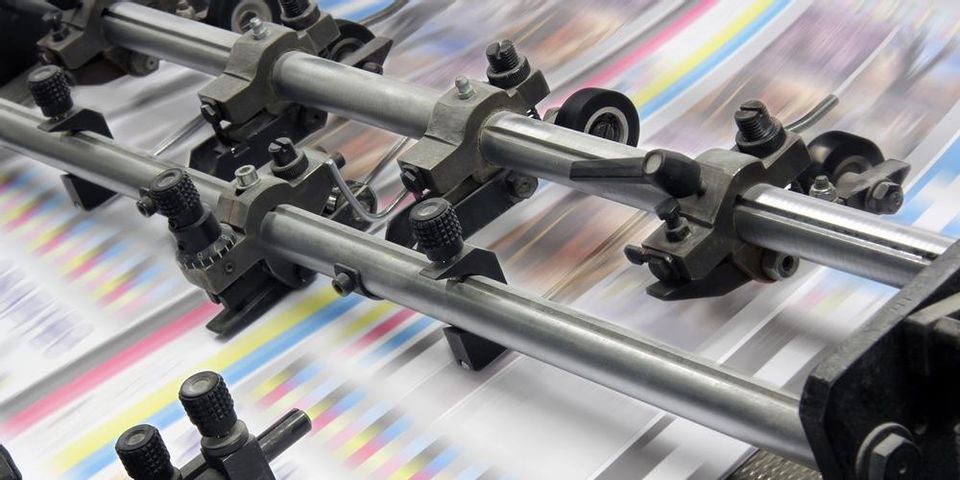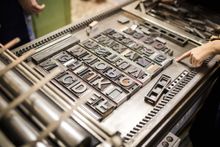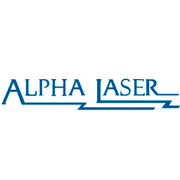A Brief Look at the History of Printers & the Printing Process

The process of duplicating images dates back to the early Mesopotamian period, when people used round seals to transfer impressions onto clay tablets. Over the subsequent centuries, printing has become much easier, with modern-day printers making it possible to recreate images and texts on various surfaces in a matter of seconds. Below is a concise look at printers and the printing process, past and present.
A Brief Guide to the History of Printers & Printing Techniques
The Evolution of the Printing Process
Until China started using hand stencils and additional techniques to reproduce imagery on papyrus and silk, the practice of transferring images using small seals was commonplace throughout the world. Woodblock printing, one Chinese method, is noted as the first technique applied to paper. By the early 15th century, the practice gained popularity in commercial publishing houses throughout Europe.
The process of mass producing books, pamphlets, and additional materials became easier with the invention of the mechanical printing press. Invented by German blacksmith Johannes Gutenberg in 1439, the device, which used movable type to transfer words and graphics, was the printing method of choice through the 19th century.
How Modern-Day Printers Make Printing Easier
 With 20th century advancements in computer-based technology, printing has evolved to include an electronic-based format. One of the earliest versions of the modern-day commercial printer was the EP-101, released by Epson in 1968. The device, as with many early electronic printers, used electric typewriter and Teletype mechanisms to reproduce content. For faster operation, the daisy wheel system was invented in the 1980s. The decade also saw the introduction of laser printing, making it possible for most people to print materials from their personal computers.
With 20th century advancements in computer-based technology, printing has evolved to include an electronic-based format. One of the earliest versions of the modern-day commercial printer was the EP-101, released by Epson in 1968. The device, as with many early electronic printers, used electric typewriter and Teletype mechanisms to reproduce content. For faster operation, the daisy wheel system was invented in the 1980s. The decade also saw the introduction of laser printing, making it possible for most people to print materials from their personal computers.
Today, the ability to create three-dimensional imagery has gained traction in the printing world, with manufacturers fine-tuning state-of-the-art printers that can produce multiple layers to create a three-dimensional effect.
If you need printer repair or an upgrade, new ink cartridges, or additional equipment and services to improve the quality of your personal and professional printing projects, the team at Alpha Laser Richmond Corp., based in Staten Island, NY, has the necessary tools to help. They’ll also provide tips to make wireless printing easier. To schedule a service appointment, call (718) 317-1263 today. Visit the company online to browse the printers they carry by brand manufacturer, and like them on Facebook for product announcements.
About the Business
Have a question? Ask the experts!
Send your question

